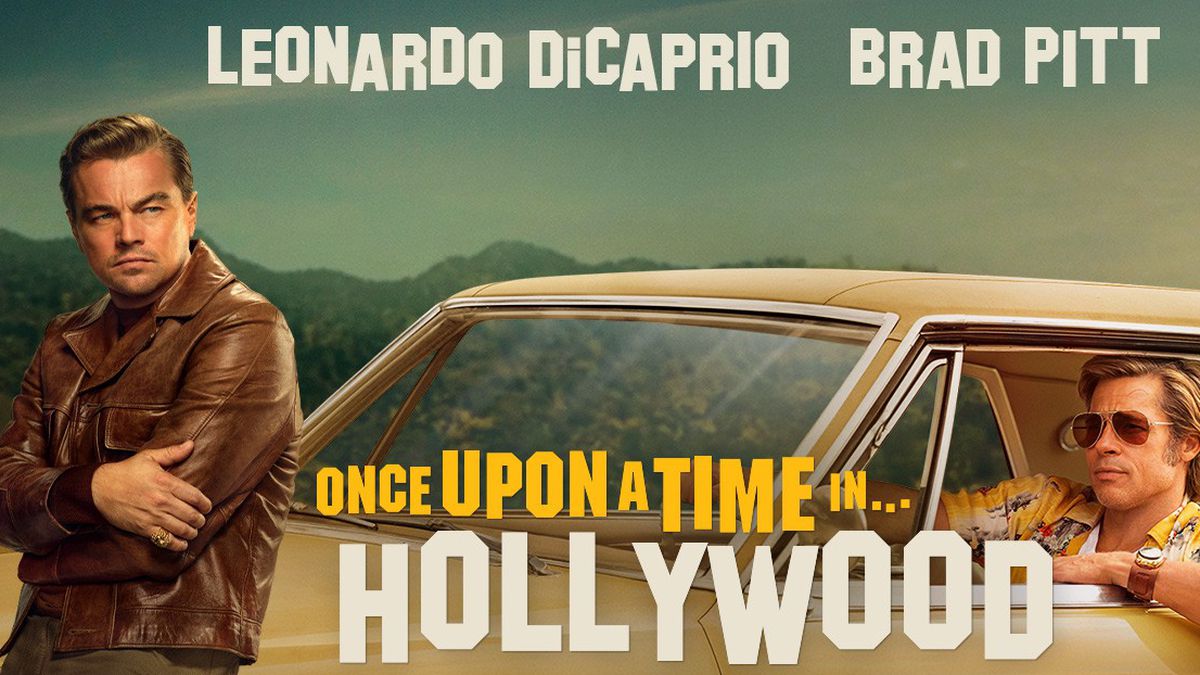prekforalldc.org – Quentin Tarantino’s Once Upon a Time… in Hollywood (2019) isn’t a straightforward historical drama or a typical Hollywood narrative. It’s a sprawling, nostalgic, and ultimately unsettling exploration of the final days of Hollywood’s Golden Age as it collided with the burgeoning counterculture of the late 1960s, culminating in the shadow of the Manson Family murders. This article delves into the film’s key themes, characters, and its unique approach to historical fiction.
A Fading Star and His Loyal Stunt Double: The Core Relationship
At the heart of Once Upon a Time… in Hollywood are two compelling characters: Rick Dalton (Leonardo DiCaprio), a fading television Western star struggling to transition to film, and Cliff Booth (Brad Pitt), his longtime stunt double, driver, and closest confidant. Their relationship is the emotional anchor of the film, a portrayal of unwavering loyalty and camaraderie in a rapidly changing industry.
- Rick Dalton’s Struggle: Rick embodies the anxieties of an actor facing obsolescence. He grapples with self-doubt, struggling to memorize lines and feeling increasingly out of touch with the new Hollywood. DiCaprio delivers a nuanced performance, capturing Rick’s vulnerability and his moments of surprising resilience.
- Cliff Booth’s Quiet Confidence: Cliff is the epitome of cool, a capable and laid-back figure who seems unfazed by the shifting landscape of Hollywood. Pitt portrays Cliff with a quiet confidence and subtle humor, making him a magnetic and enigmatic presence. Their dynamic is one of mutual dependence and deep respect, a bond forged through years of shared experiences.
The Specter of the Manson Family: A Historical Undercurrent
The Manson Family and the impending tragedy of the Tate-LaBianca murders loom large over the film, casting a shadow over the otherwise idyllic portrayal of 1969 Los Angeles. Tarantino masterfully builds tension by subtly weaving in references to the Manson Family, from their presence on the periphery of scenes to their interactions with Cliff.
- A Sense of Foreboding: The film doesn’t explicitly focus on the Manson Family until the climax, but their presence is felt throughout. Snippets of radio broadcasts, encounters with hitchhiking girls, and glimpses of Spahn Ranch create a growing sense of unease.
- Tarantino’s Reimagining of History: In typical Tarantino fashion, the film deviates from historical accuracy in its climax, offering a fictionalized and cathartic resolution to the tragic events. This controversial choice has been both praised and criticized, but it undeniably adds a powerful emotional dimension to the film.
A Love Letter to 1969 Los Angeles: A Detailed and Nostalgic Portrayal
Once Upon a Time… in Hollywood is a meticulously crafted recreation of 1969 Los Angeles. From the music and fashion to the iconic locations and car culture, the film immerses the viewer in a bygone era.
- Immersive World-Building: Tarantino’s attention to detail is evident in every frame, creating a vibrant and nostalgic depiction of the period. The film is filled with period-accurate details, from the billboards and radio jingles to the clothing and hairstyles.
- A Celebration of Classic Hollywood: The film pays homage to the classic Hollywood studio system and the Western genre, showcasing the craftsmanship and artistry of filmmaking from that era.
Themes of Change and Nostalgia: Reflecting on a Shifting Landscape
The film explores themes of change, nostalgia, and the inevitable passage of time. It reflects on the end of an era in Hollywood and the cultural shifts that were taking place in the late 1960s.
- The End of an Era: The film captures the feeling of a world on the cusp of change, as the old Hollywood guard gives way to a new generation of filmmakers and cultural influences.
- Nostalgia and Memory: The film is deeply nostalgic for a specific time and place, but it also acknowledges the complexities and contradictions of that era.
Conclusion: A Complex and Compelling Cinematic Experience
Once Upon a Time… in Hollywood is a complex and compelling film that defies easy categorization. It’s a nostalgic tribute to a bygone era, a character-driven drama, and a reimagining of a tragic historical event. While its revisionist history and leisurely pacing may not appeal to all viewers, it’s undeniably a unique and thought-provoking cinematic experience that offers a fascinating glimpse into a pivotal moment in Hollywood history. It is a film that lingers in the mind long after the credits roll, prompting reflection on the nature of memory, history, and the enduring power of storytelling.
